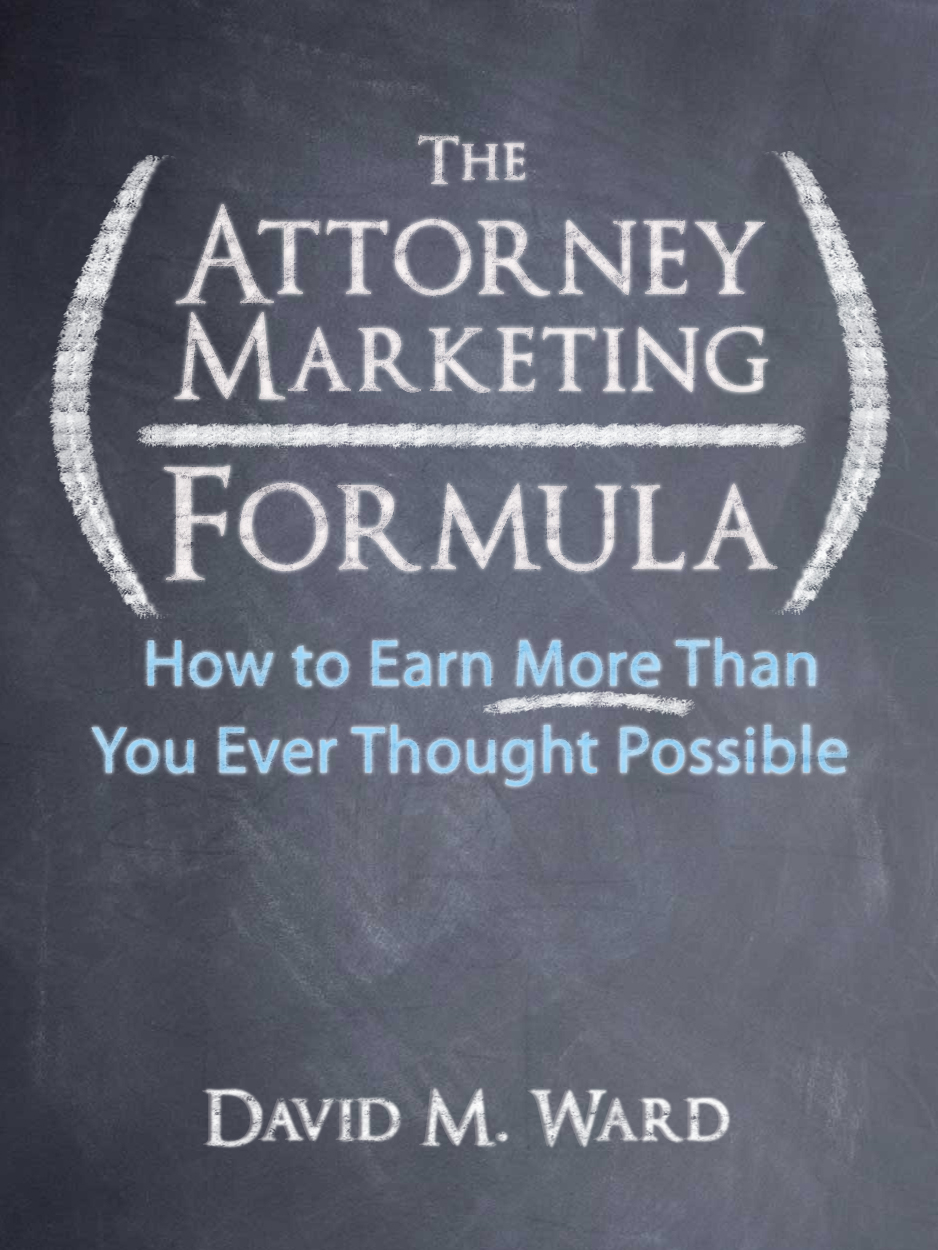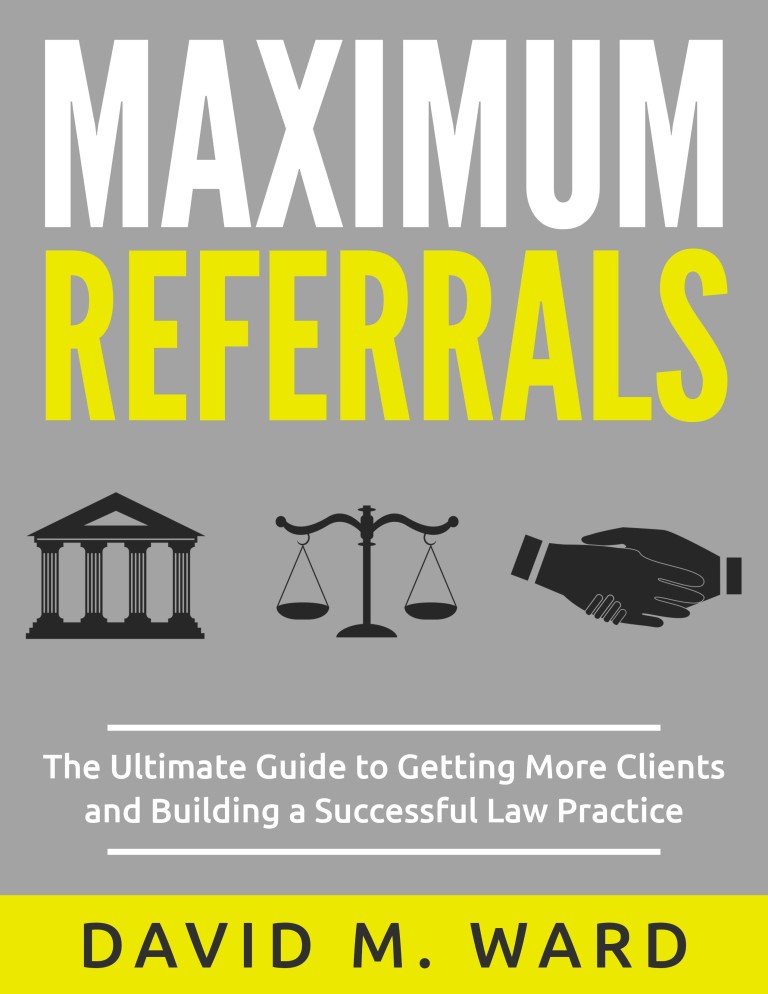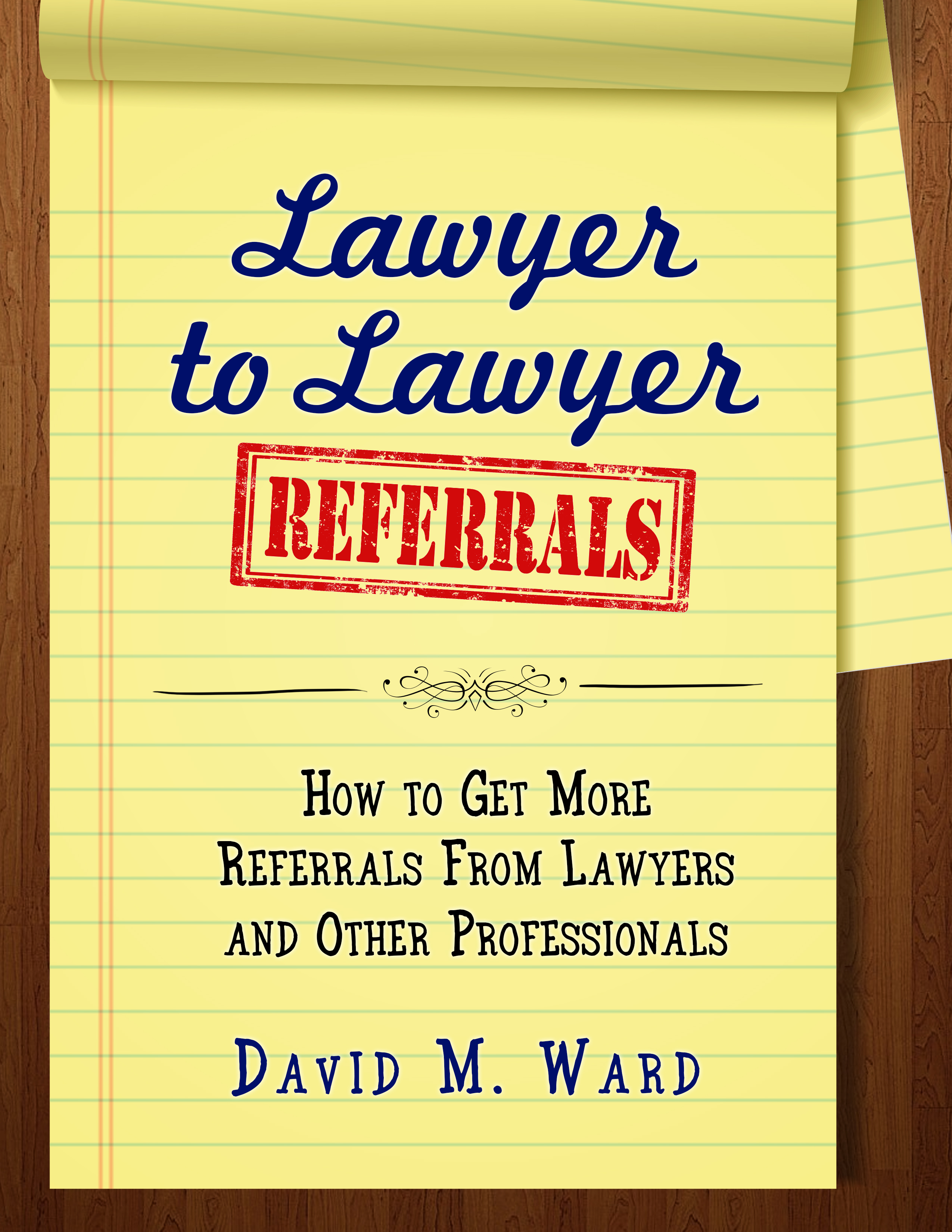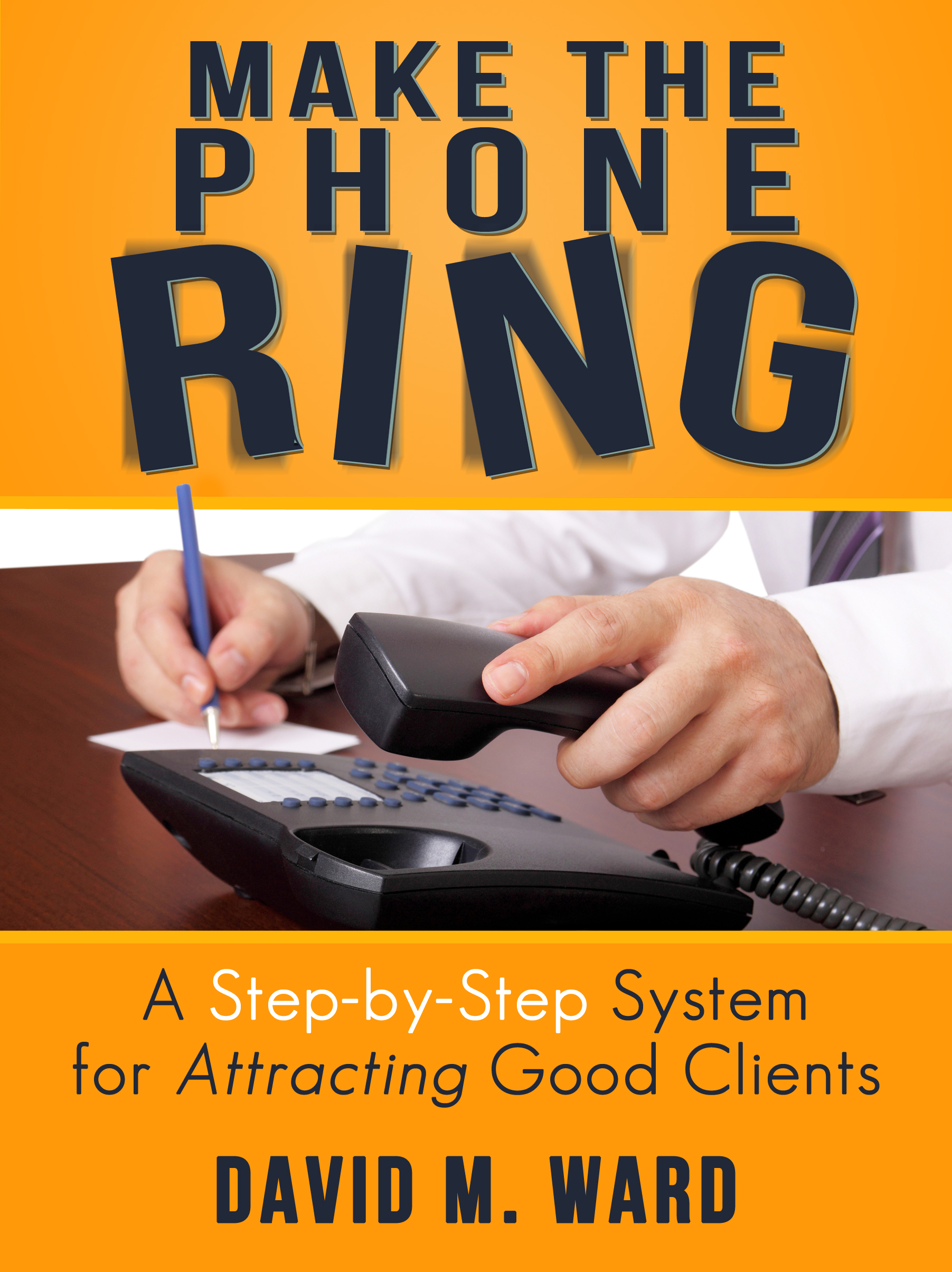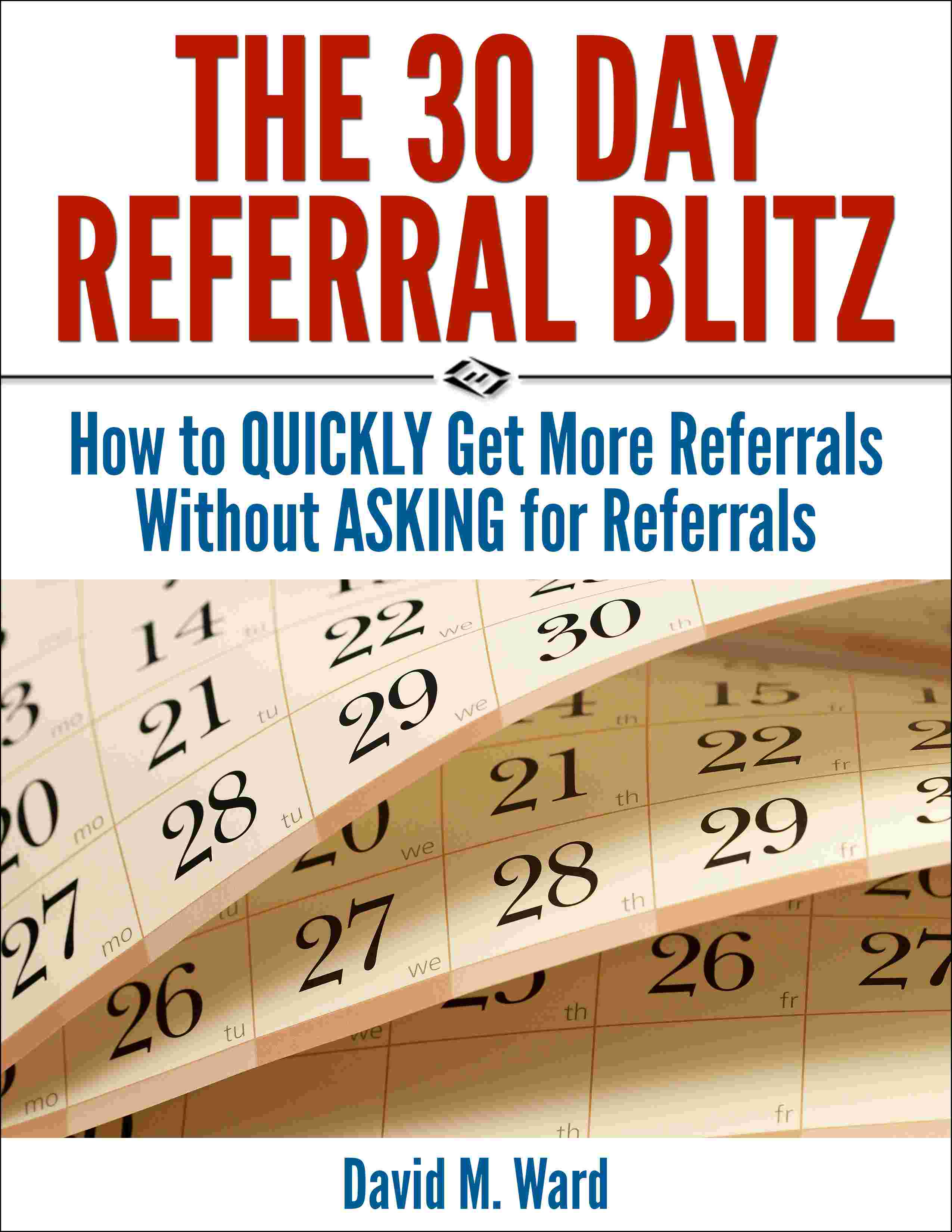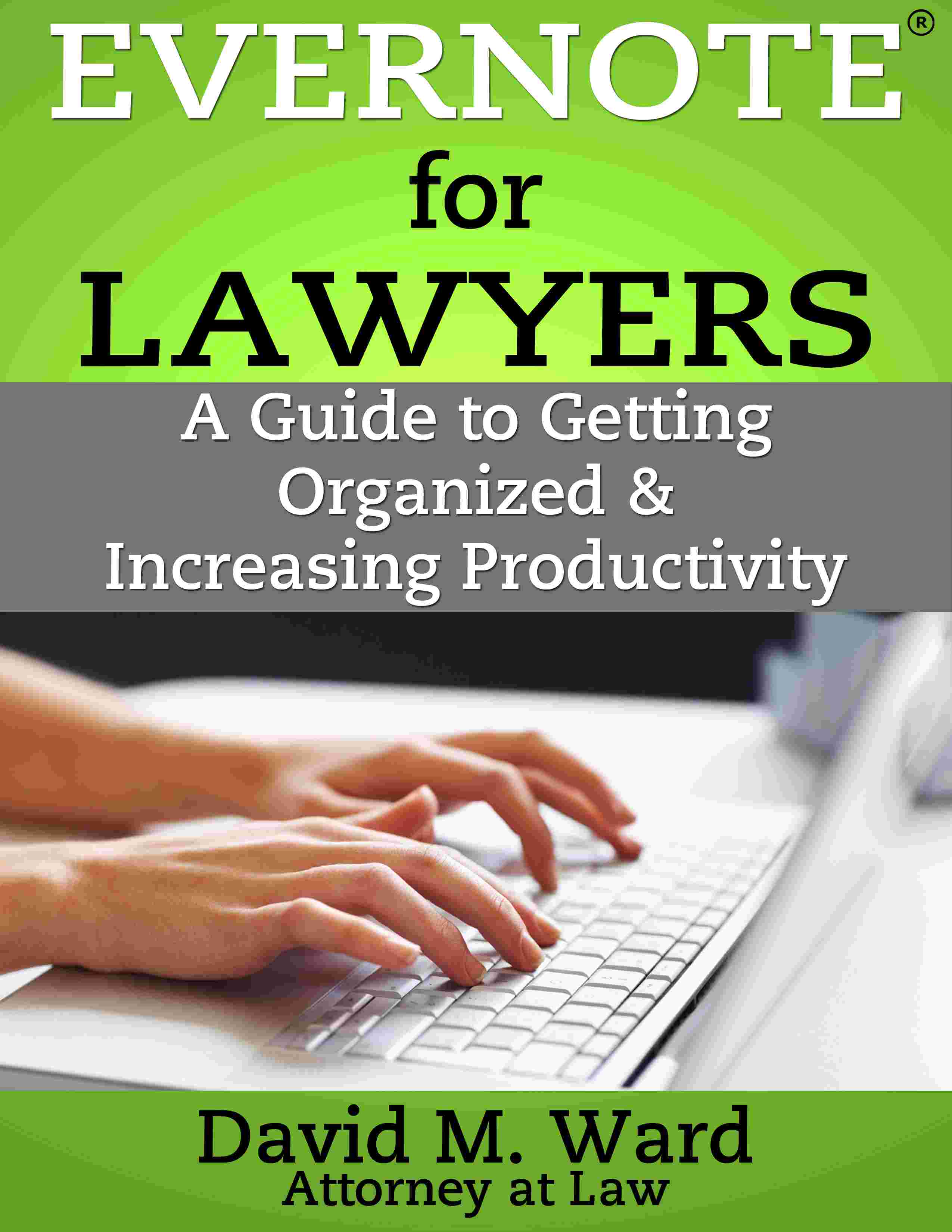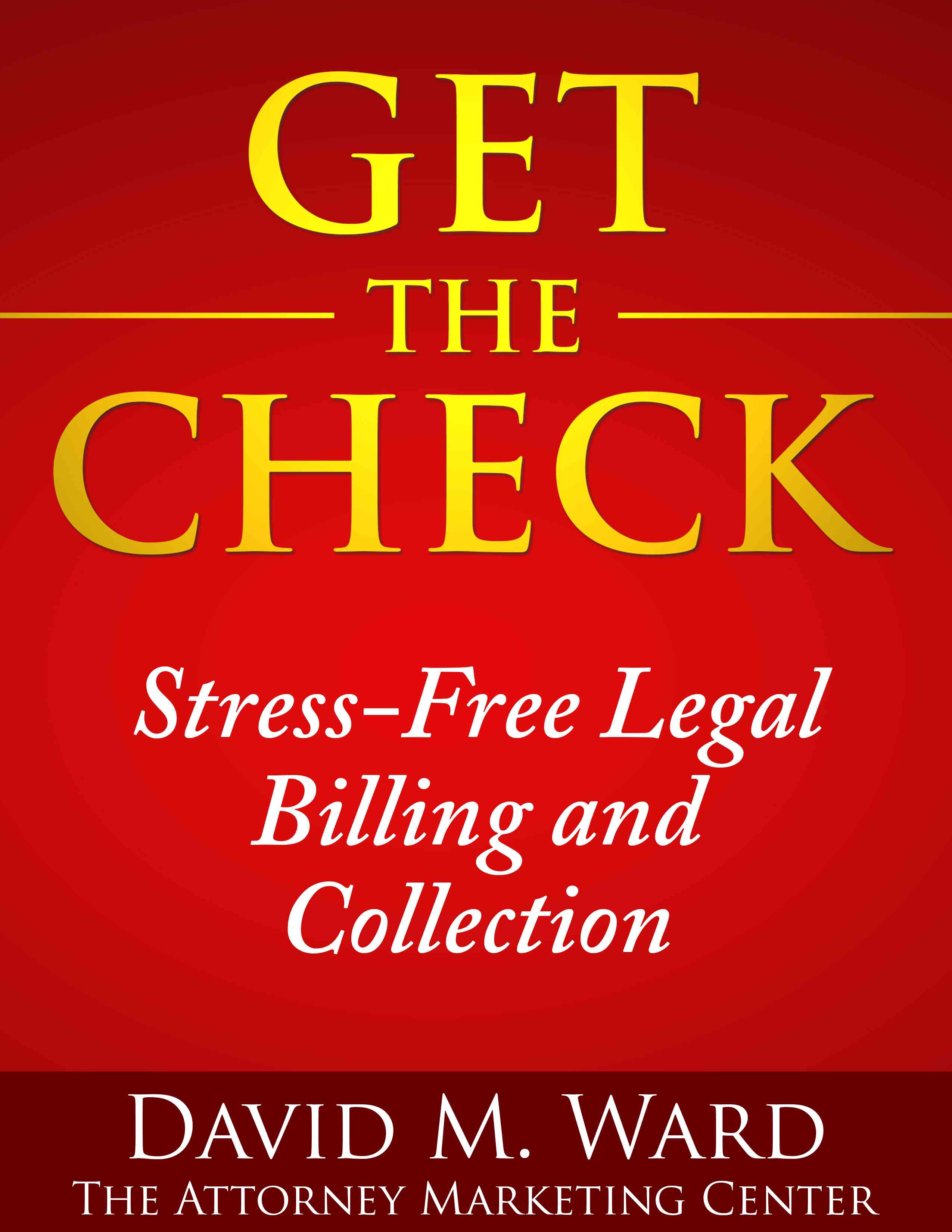Wouldn’t it be nice to be the top dog in your niche? The lawyer clients listen to and want to hire above all others?
If you do, you should set your sights on doing something most lawyers never do.
Most lawyers are content with positioning themselves as an expert in their field. But every lawyer is an “expert,“ aren’t they?
The trouble is, people follow leaders, not experts. If you want to dominate your field, you need to lead your field.
How do you do that?
You do things leaders do. You speak and write and serve on boards and panels. You teach other lawyers (CLE) and are on a first name basis with influential people in your field and in your market.
And you build a reputation that attracts lots of referrals from lawyers and other professionals who know your name even if you don’t know theirs.
You should be working towards this, but it might take a minute. If you want to shortcut the process and be seen as a leader before the twilight of your career, there is something else you can do.
You can engage with your market and get them to know your name and what you can do to help them.
Email isn’t the only way to do that, but it is the simplest. It makes it easy to connect with prospective clients and professionals in your niche, and do it often.
When you are frequently “in the minds and mailboxes” of the people in your market, they get to know you and see you as a leader. Maybe ‘the’ leader.
Most lawyers are afraid to do this. They don’t email often because they don’t want to annoy their list or get spam complaints, or they’re afraid they’ll run out of things to say.
But those are just excuses.
You may say there are many lawyers at the top of their field who don’t communicate regularly with their market, and that’s true. But what did they do to get there? And how long did it take?
If you don’t have some of the advantages they had, or you don’t want to take as long as they did, start thinking about how you can get in front of your market as often as possible to establish your leadership immediately.
Email Marketing for Attorneys makes it easy

